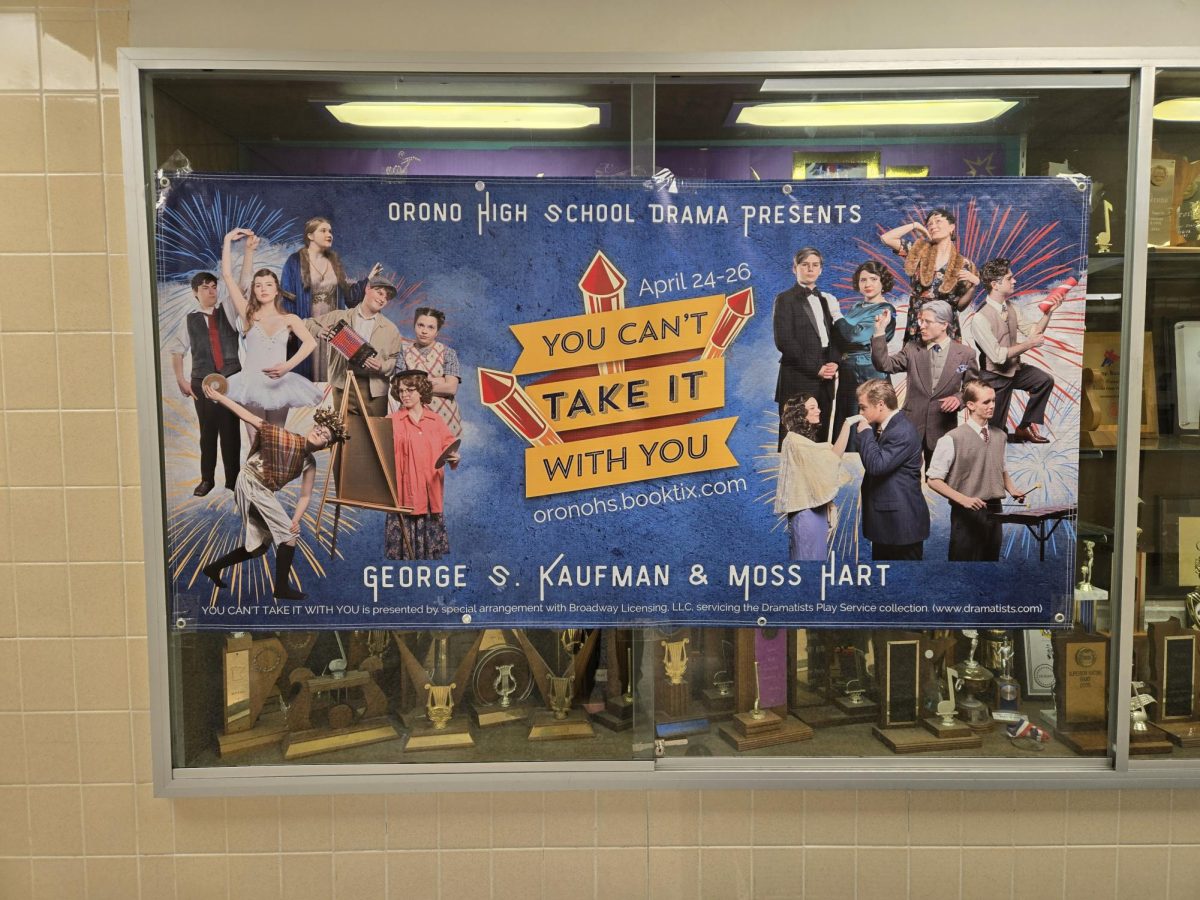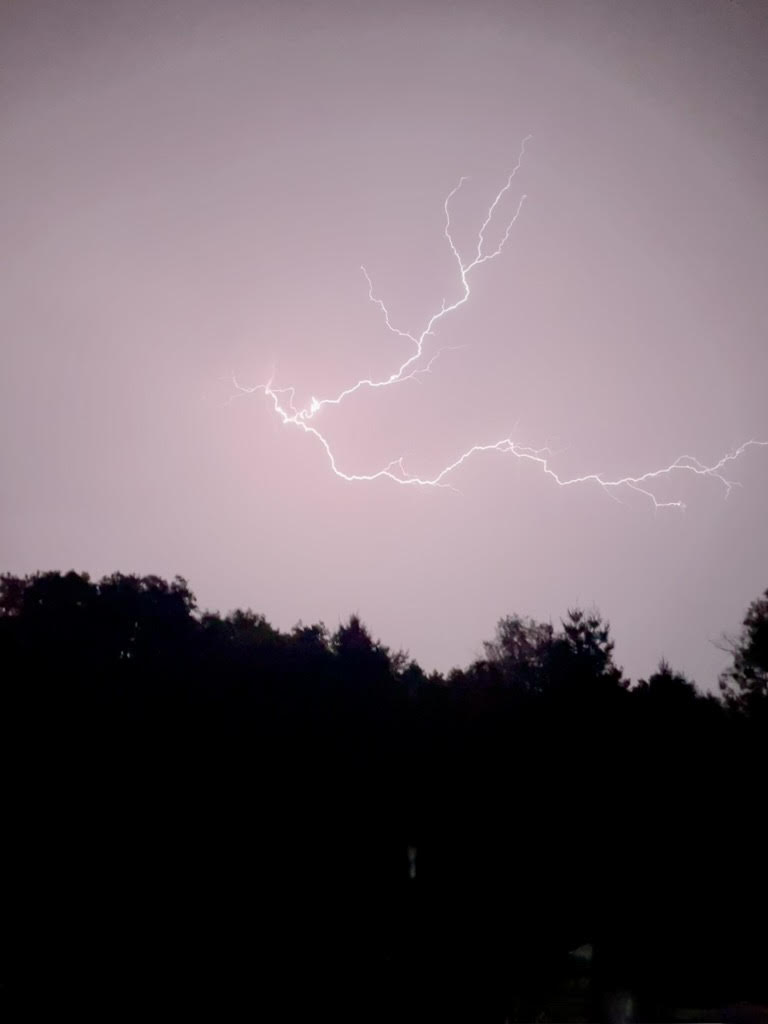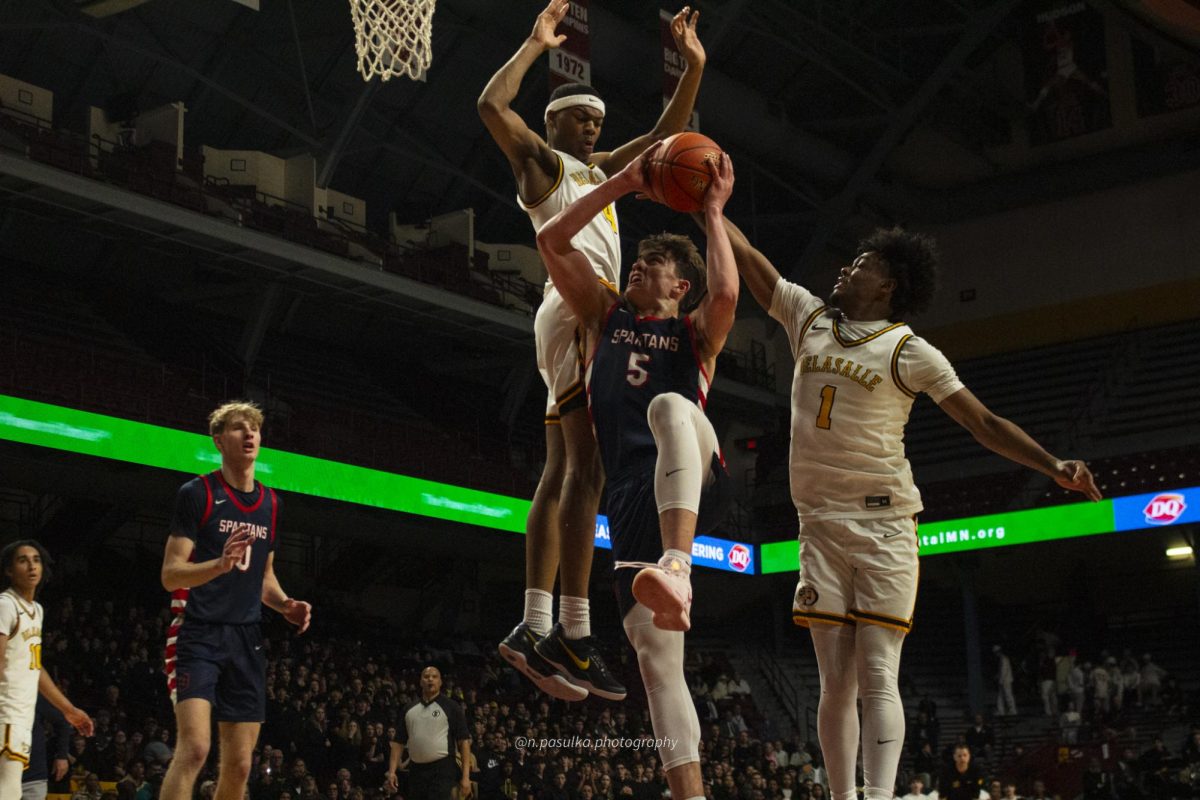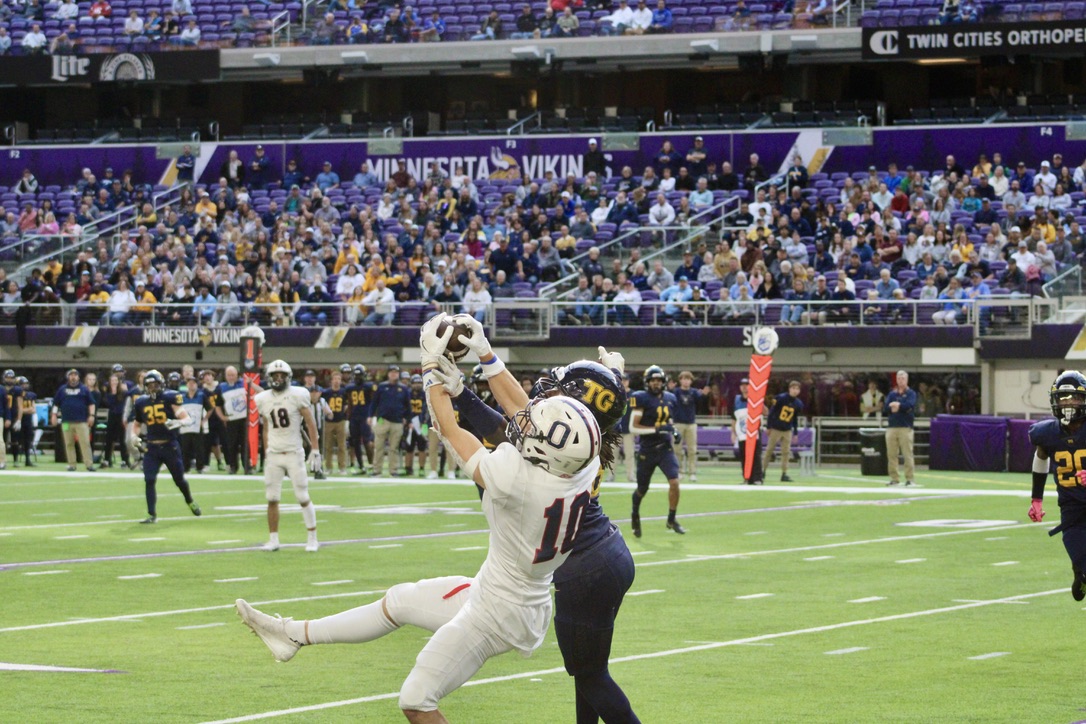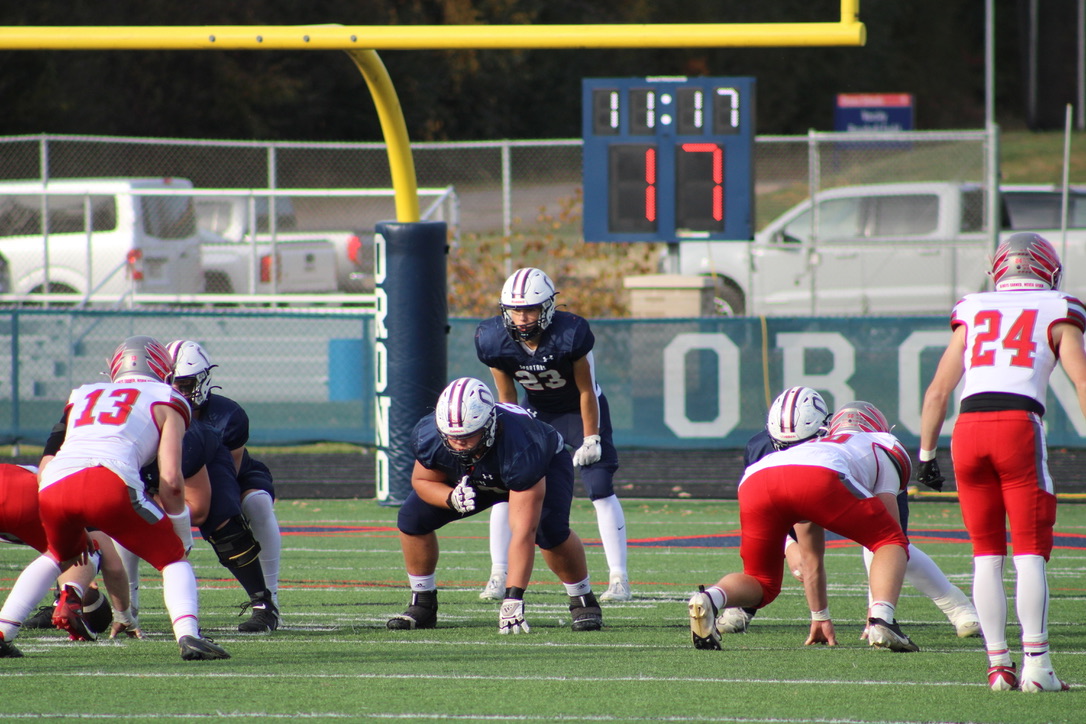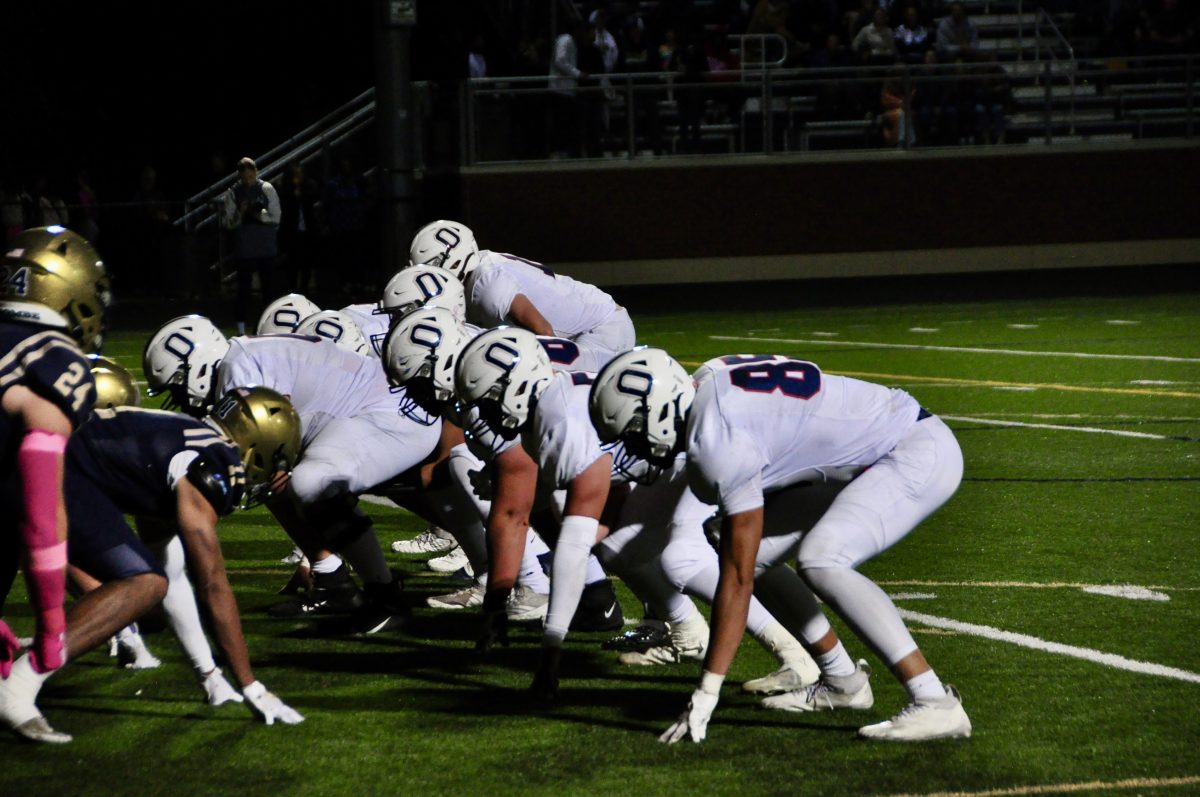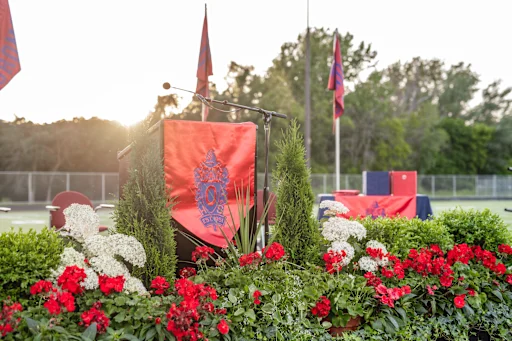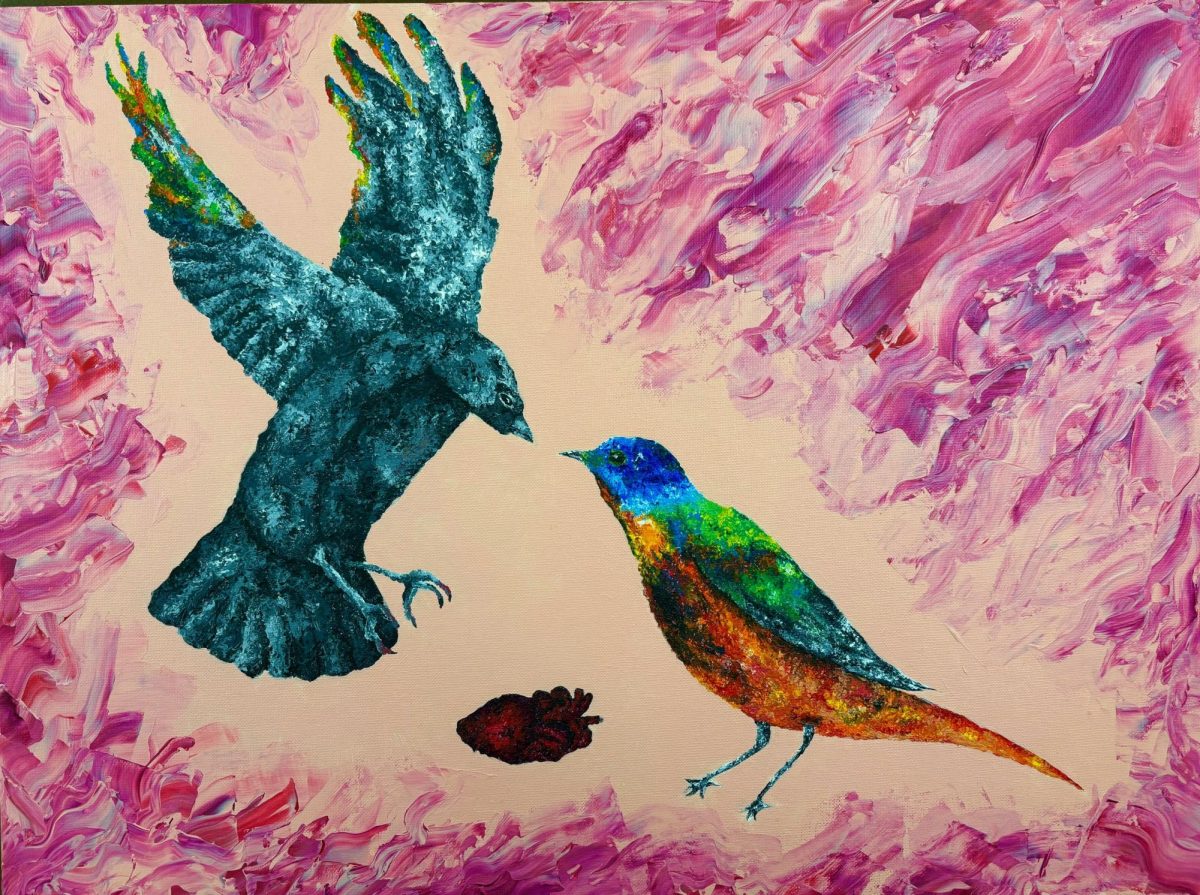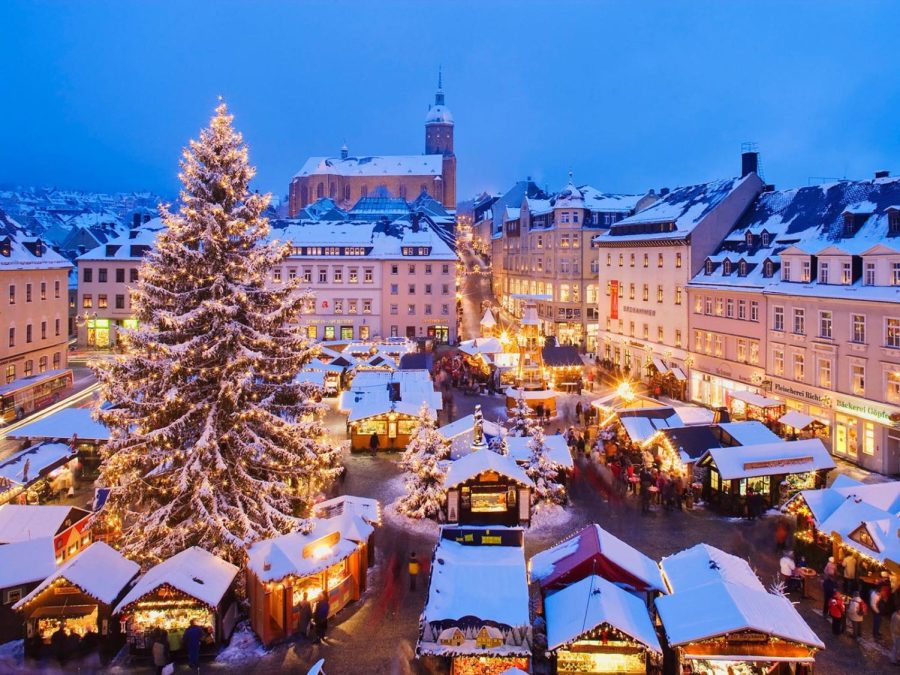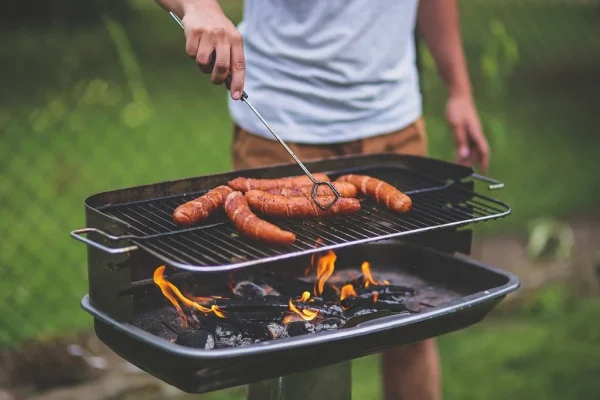Christmas Traditions Around the World
Keep reading to learn about five different Christmas traditions across the globe!
With winter finally upon us, signs of Christmas, from songs on the radio to the decorations in stores, are everywhere. In the United States, there is a popular image of a red and white clad Santa coming down the chimney to deliver presents to all the good children. Americans tend to envision Christmas as a time for family gatherings that are accompanied by ornamented pine trees, stockings filled with candy and gift giving. However, this is not the case in many other countries. The holiday has changed and adapted to many different cultures, combining with local practices and beliefs to create a tapestry containing a variety of traditions.
Krampus, the German Antithesis of Santa
Often known as St. Nicholas’ shadow, Krampus is a horned monster who punishes the misbehaving children of the Alpine countries. According to “South Tyrol: Past and Present” by Michael Forcher and Hans Karl Peterlini, the traditional fear of Krampus originated long before Christianity arrived in the Alps and is thought to have been a practice that was meant to discipline unruly children. While Santa is known for giving gifts to good kids, Krampus only has pain in mind for the naughty ones. Traditionally, bad children are resigned to two fates: being beaten by Krampus with a birch rod or being put in his sack and taken away to be eaten. Despite the brutal nature of the mythology, it is still fondly celebrated in Germanic countries and has even seeped into U.S. culture with movies such as “Krampus” made in 2015.
Roller-skating in Caracas, Venezuela
In the Venezuelan capital, it has become a yearly tradition to roller skate to Christmas mass. Because of this, streets are closed until 8 a.m. to make sure that cars do not interfere with the festivities. It is also common for Christmas vendors to sell food to passing roller-skating families as they come to and from church. The tradition is believed to have originated as an alternative to ice skating, an impossible activity to do in Venezuela’s tropical climate. Once people discovered this fun activity, it was only a matter of time before this new and exciting tradition emerged.
Finnish Almonds, Saunas and Straw Ornaments
Finland is often dubbed the “Homeland of Santa” for its cold winters and abundance of reindeer in its Lapland. There is even an official Santa village in Rovaniemi where children can visit St. Nicholas any day of the year. The Nordic nation also has a few other traditions as well. Firstly, during breakfast, the person who finds an almond in their “Risalamande” or rice pudding, is given good luck. Also, it is common to take a customary visit to the sauna. After all, according to the Finnish Promotional Board, saunas outnumber cars there. Finally, geometric straw ornaments called “Himmeli” are very popular and are typically hung up from Christmas to Midsummer. This tradition originated from before Christianity’s arrival to Finland in the 11th century and was meant to ensure a good harvest for the next year.
A Giant Lantern Festival in the Philippines
In the city of San Fernando on the island of Luzon in the Philippines, there is a massive lantern festival each year that is meant to start the Christmas season. The lanterns, large and ornamental “Parols”, that can be made from: metal, plastic and oyster shells, are brightly colored, with the most common shape they take being that of a five-pointed star. The celebration lasts for over two weeks and the best-made parols are awarded and put on national television. The tradition has gone on strong for over eleven decades, and with the great enthusiasm surrounding it, the festival will be celebrated for generations to come.
The Thirteen Yule Lads of Iceland
Christmas in Iceland has three distinct aspects that have originated from the island’s ancient traditions. Firstly, you have Grýla, a giantess who, similar to Krampus, likes to eat naughty children. Secondly, there is the Yule Cat. Its main shtick is that if someone does not receive clothes before Christmas Eve, then it eats them. It is thought to have originated from farmers trying to get their workers to quickly finish processing the autumn wool before Christmastime. Finally, you have the Yule Lads. They are thirteen mischievous men who harass the Icelandic population for two weeks, with each arriving the night after the last. Every one of the Yule Lads has their own prank which they like to perform, which is what ends up forming their name. According to Jóhannes úr Kötlum, they are as follows: Sheep-Cote Clod, Gully Gawk, Stubby, Spoon-Licker, Pot-Scraper, Bowl-Licker, Door-Slammer, Skyr-Gobbler, Sausage-Swiper, Window-Peeper, Doorway-Sniffer, Meat-Hook and Candle-Stealer. With such a rich folklore, Iceland’s Christmas season is full of a large cast of characters, despite what crimes they might commit against the general populace.




